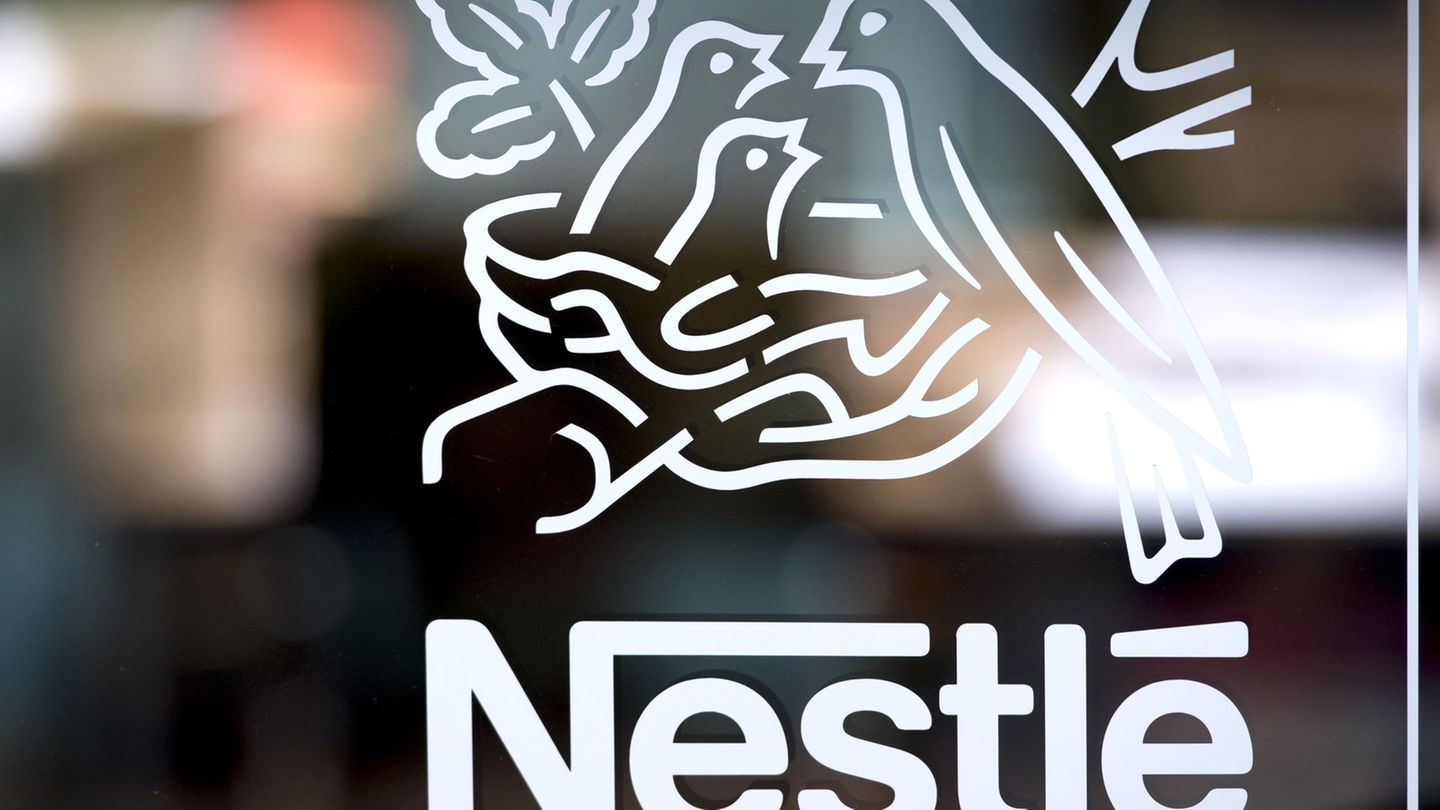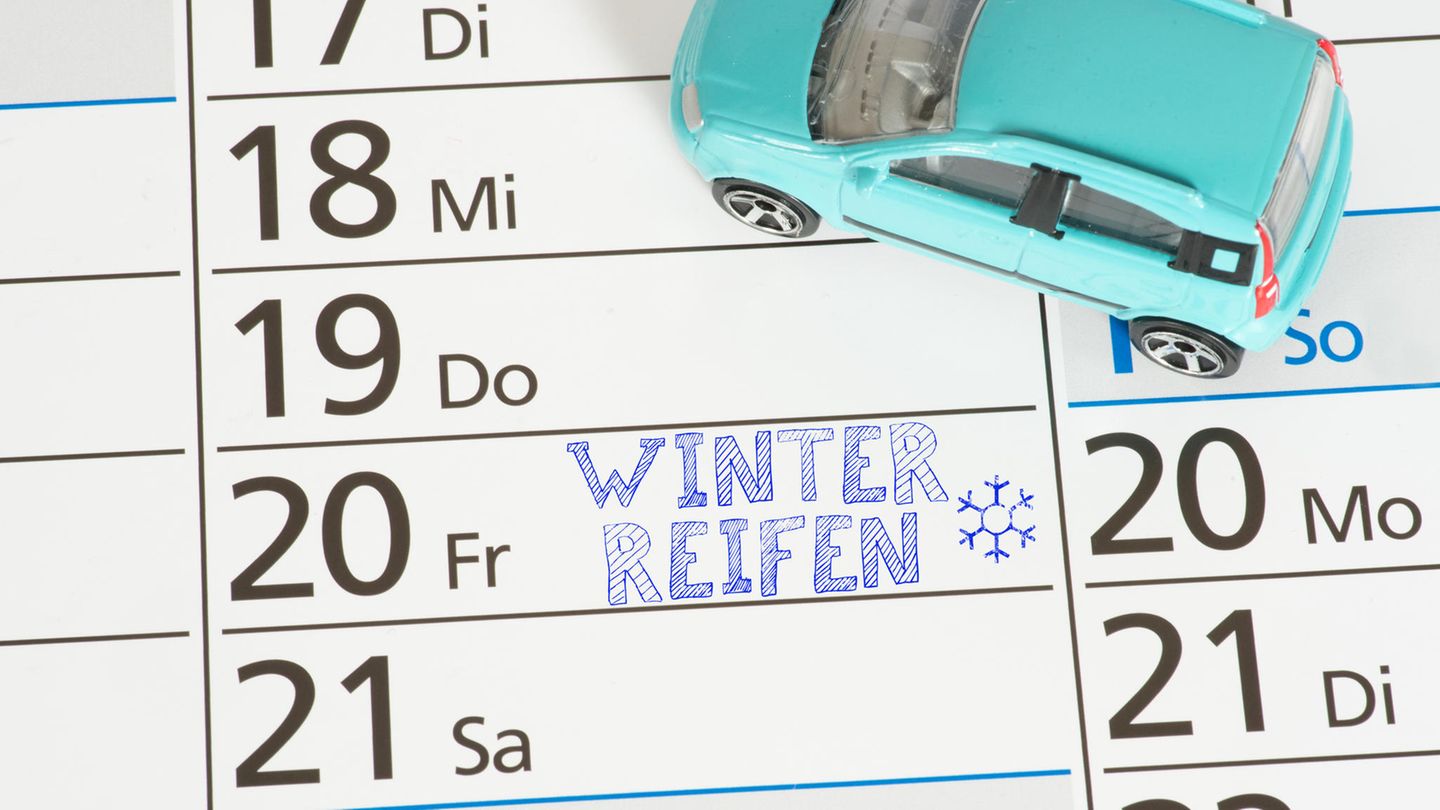The team competition, which will mark the end of the alpine ski races at the Winter Games in Beijing on Saturday night (4 a.m. CET), bears the somewhat derogatory subtitle “He and she run”. In fact, the strongest nations now take the Alpine international match very seriously. The ÖSV also called up an extremely powerful team to achieve a “golden goal” in the last ski race under the sign of the five rings. After the eternal rival Switzerland presented itself as the number one ski nation in China, a team success under the motto “he who laughs last laughs best” would be a perfect conclusion to the Olympics.
The Swiss double victory by Michelle Gisin in front of Wendy Holdener in the station wagon on Thursday increased the number of Swiss Alpine medals to nine. In the alpine classification, Switzerland is clearly ahead of Austria (2/3/1) with five gold medals, one silver medal and three bronze medals. As feared or expected, the ÖSV came away empty-handed in the last women’s race: Katharina Huber, Christine Scheyer and Ramona Siebenhofer took fifth to seventh place in the combination. Only 15 runners finished.
Strolz as a match winner?
In the team competition, all forces are once again mobilized on the ÖSV side to say goodbye to China in a befitting manner. Katharina Liensberger and Michael Matt are from the silver team from Pyeongchang 2018. The team is completed by the giant slalom fourth Katharina Truppe, the combined fifth Katharina Huber, Stefan Brennsteiner and combined Olympic champion and slalom silver medalist Johannes Strolz. The latter could shine as a match winner on Saturday. “Gold and silver give an incredible boost,” said the Vorarlberger, who also emphasized the strengths of his fellow campaigners and the good mood. “I’m sure we’re all excited for the team competition. Our expectations are to fight for a medal, we’ll do everything we can.”
Liensberger, who won silver on the side slope of the slalom team competition in Yanqing, switches back to “racing mode” after a nine-day break from racing. “In this parallel race you have to be ready and pull it through from start to finish, there’s nothing to give away,” said the 24-year-old. The race track is called “Rainbow”, but in the end only three colors count that are not found in the spectrum of a rainbow: gold, silver, bronze.
Twice bad luck with sheet metal
“With a bit of luck we could have achieved a bit more, but it’s okay.” That’s how Christian Mitter, the racing director of the ÖSV women, summarized his team’s performance on the Olympic stage after the alpine combination. With two silver medals by Mirjam Puchner in the Super-G and Katharina Liensberger in the slalom, there were two medals, plus two bad luck with sheet metal: Katharina Truppe (giant slalom) and Tamara Tippler (Super-G) missed a medal only just as fourth. Mitter: “We don’t want to be ungrateful, but we could have gotten more out of it.” The only thing the head coach wasn’t satisfied with was the downhill. “It was the worst descent we’ve ridden this winter.” Otherwise, you’ve had chances for a medal in every race, even though you didn’t have a top favorite in your own ranks. The routes were demanding, the snow conditions special. Mitter: “We had a team here that was competitive.”
Source: Nachrichten




